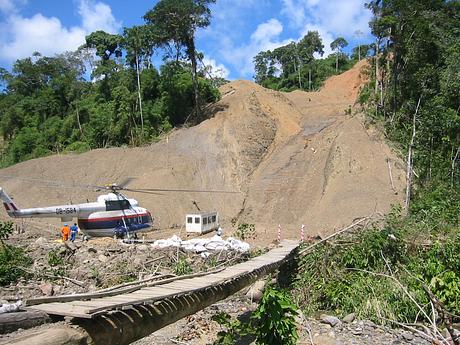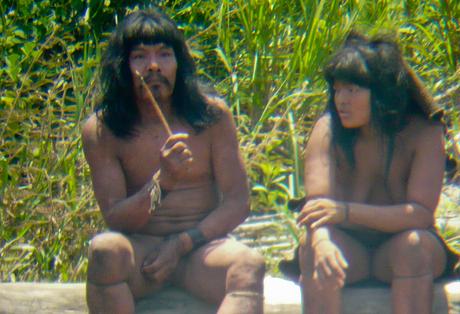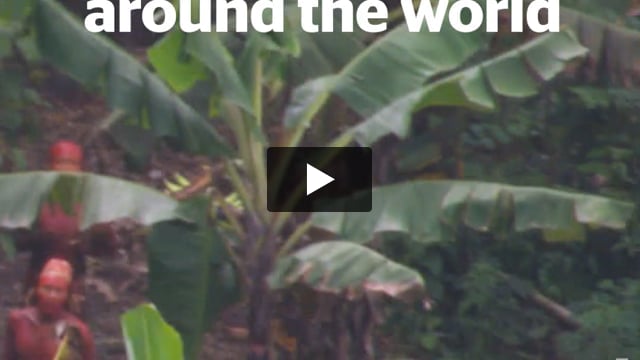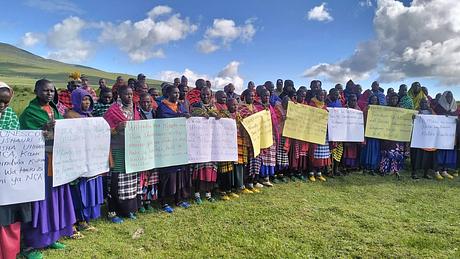SUCCESS: Gas giant backtracks on exploration in UNESCO World Heritage Site
February 15, 2013
 © Unknown/Survival
© Unknown/SurvivalThis page was last updated in 2013 and may contain language which is now outdated.
The Argentine gas giant Pluspetrol has publicly backtracked on plans to expand the notorious Camisea gas project in southeast Peru into one of the most biodiverse places on earth, following a shock exposure this week by The Guardian newspaper and Survival International.
The company has released a statement in which it admitted planning what it described as ‘superficial geological studies… for scientific interest,’ in Manu National Park, but promising that it had now abandoned these plans.
The Peruvian national parks authority Sernanp has also released a statement following the media storm, confirming it had denied Pluspetrol’s request to work in the area on the grounds that the Manu’s protected status ‘expressly prohibits the exploitation of natural resources’.
A leak had previously confirmed Pluspetrol commissioned a report by environmental agency Quartz Services S.A., which stated its plans ’will contribute not only to the continuity of activity on Block 88, but also to the development of the protected Manu National Park.’
The Camisea project is one of the biggest natural gas projects in the Amazon and is located in in an area known as ‘block 88’, the majority of which lies inside the Nahua-Nanti reserve for uncontacted Indians.
Any expansion of Camisea is prohibited by a 2003 Supreme Decree, but last year Peru’s Ministry of Energy approved further gas exploration inside block 88 in violation of the Decree and international law.
 © A. Goldstein/Survival
© A. Goldstein/Survival
Expanding Camisea’s operations would put uncontacted tribes living near the gas block at extreme risk from disease, and would threaten to push them away from their homes as they flee the noise and destruction of the project.
Jose Choro, a former Nahua leader, told Survival, ‘All the time we hear helicopters. Our animals have left, and there are no fish.’
Peru’s key Amazon Indian organizations AIDESEP, ORAU, FENAMAD and COMARU recently appealed to the UN to stop the expansion of Camisea.
Survival’s Director Stephen Corry said today, ‘This is a resounding success for the Indigenous people of Manu National Park and their supporters around the world. A company that was clearly planning to explore for gas in the park has, as a result of being exposed, categorically stated that it will not be carrying out further exploration activities. It is now time to focus attention on the Nahua-Nanti Reserve, where exploration continues apace. It, too, should be subject to the same restrictions as Manu National Park.’
See Survival’s picture gallery on the tribes of southeast Peru.




